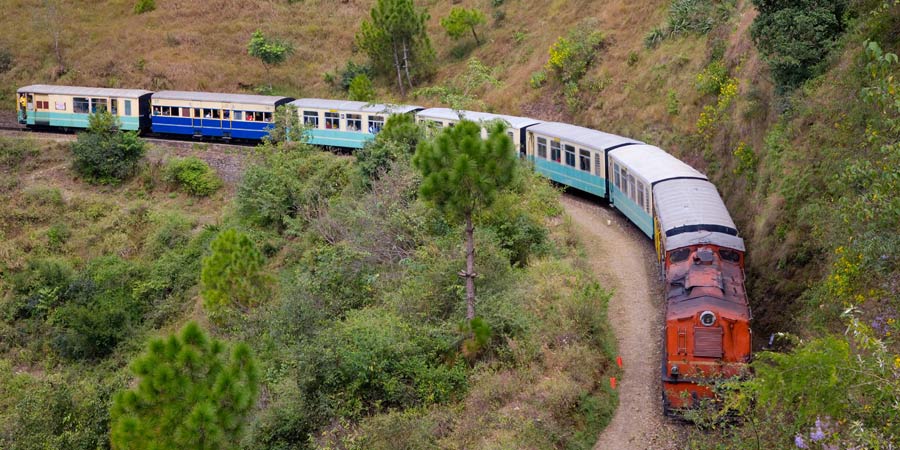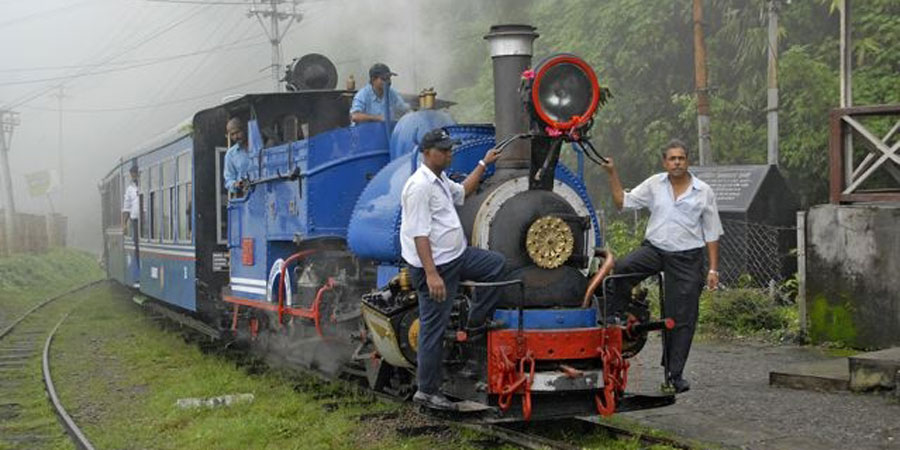3 results matching: Toy Train
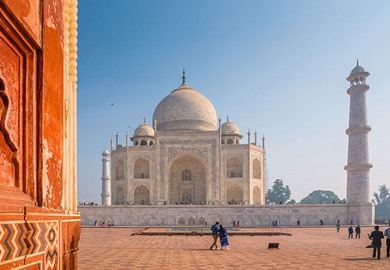
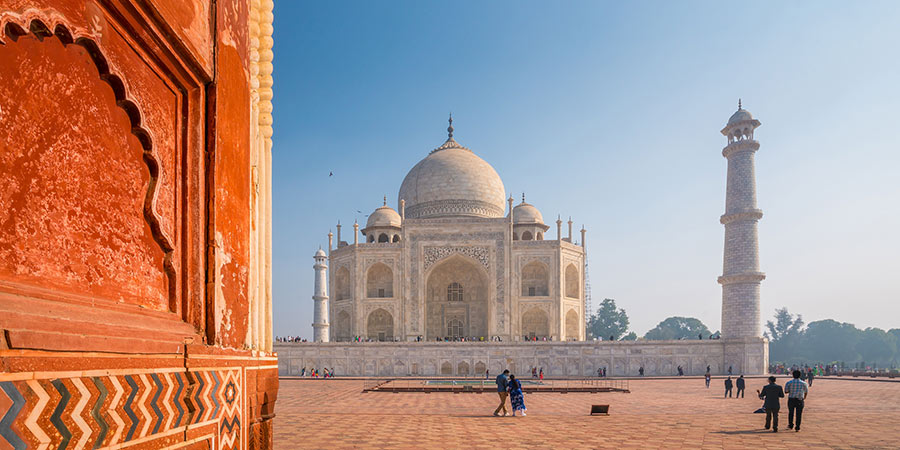
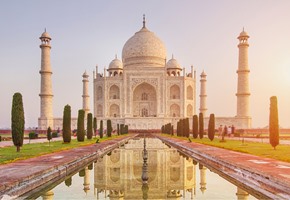
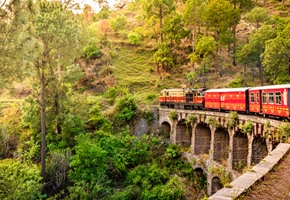

 (487 reviews)
(487 reviews)Follow in the footsteps of maharajas on our bestselling Indian tour, uncovering the gems of India's Golden Triangle and the former colonial retreat of Shimla. Embrace the many wonders of this mystical country on this unrivalled overland journey. Enjoy the bustle of Delhi's bazaars on a rickshaw ride, visit Shimla to uncover the former...
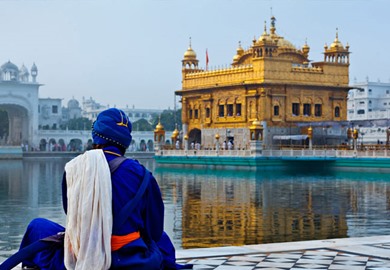
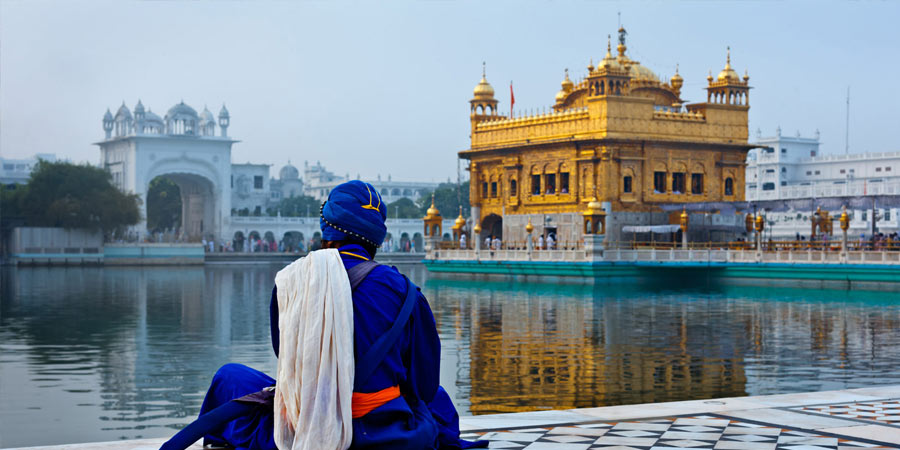
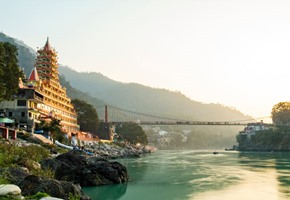
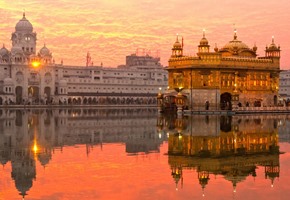
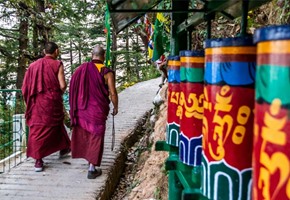
From iconic palaces and colonial hill stations to vast tea estates, the spiritual centre of Rishikesh to the Golden Temple of Amritsar at the heart of Sikhism, experience India's diverse cultural traditions. Stay in classic luxury and heritage hotels, based in pulsing cities, amid rolling hills beneath the source of the Ganges River, with...
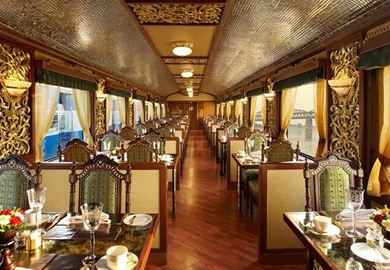
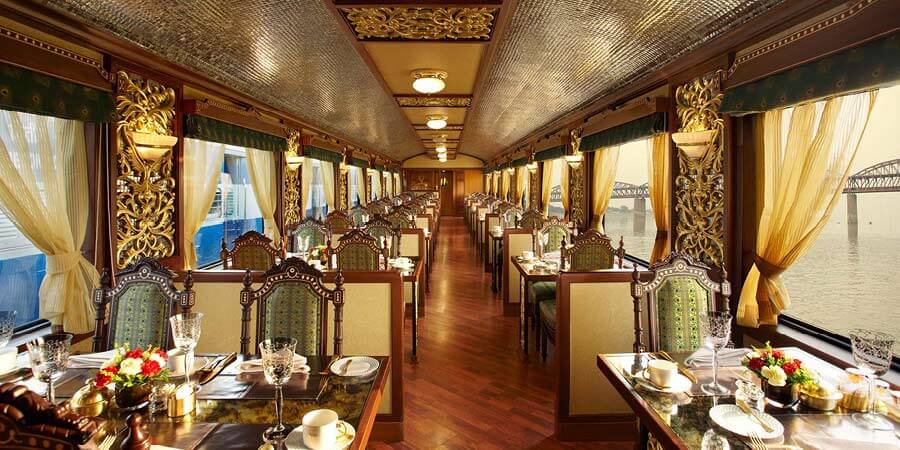
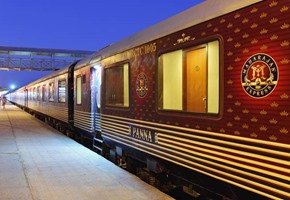
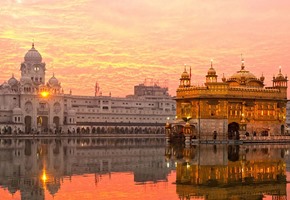
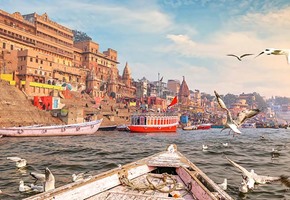
 (12 reviews)
(12 reviews)Retrace the steps of Indian princes aboard the Maharajas' Express - one of the world's most luxurious trains. Starting and ending in Delhi, this incredible voyage of discovery visits the former colonial summer capital of Shimla before showcasing spellbinding Amritsar as we witness the Wagah Border Ceremony and the Palki procession at the...

